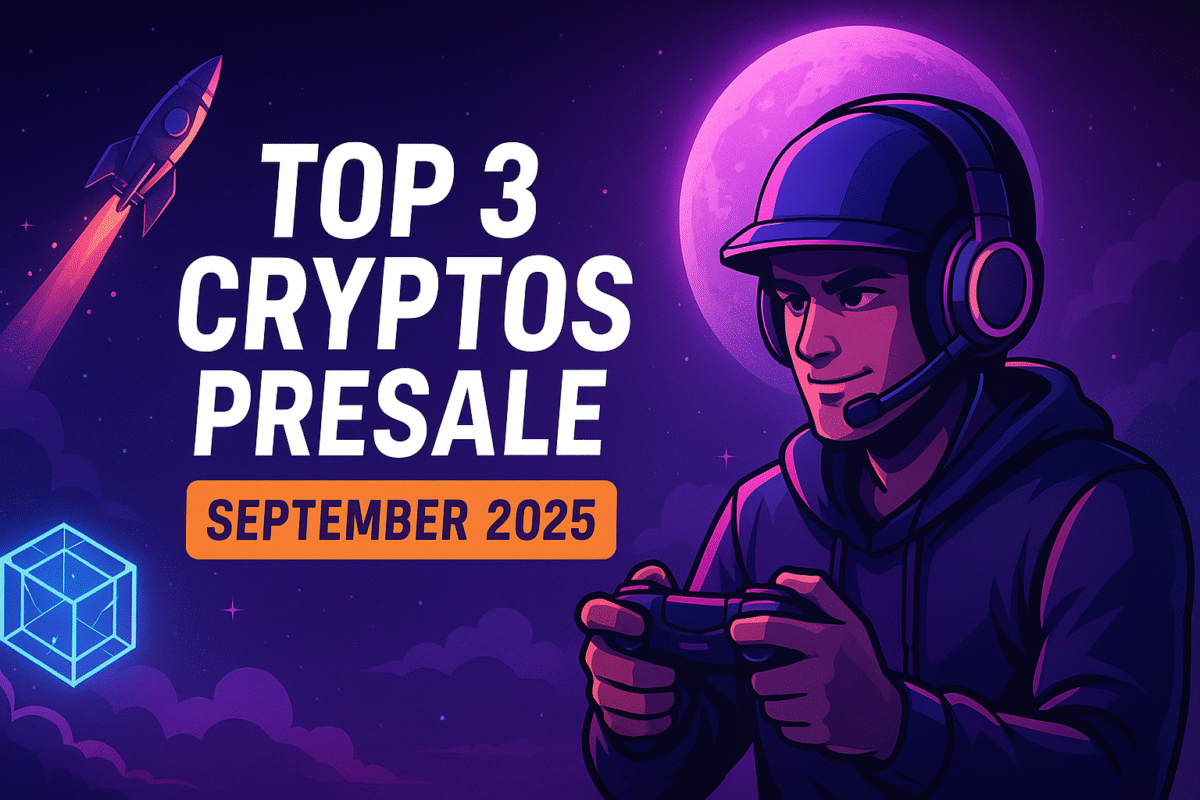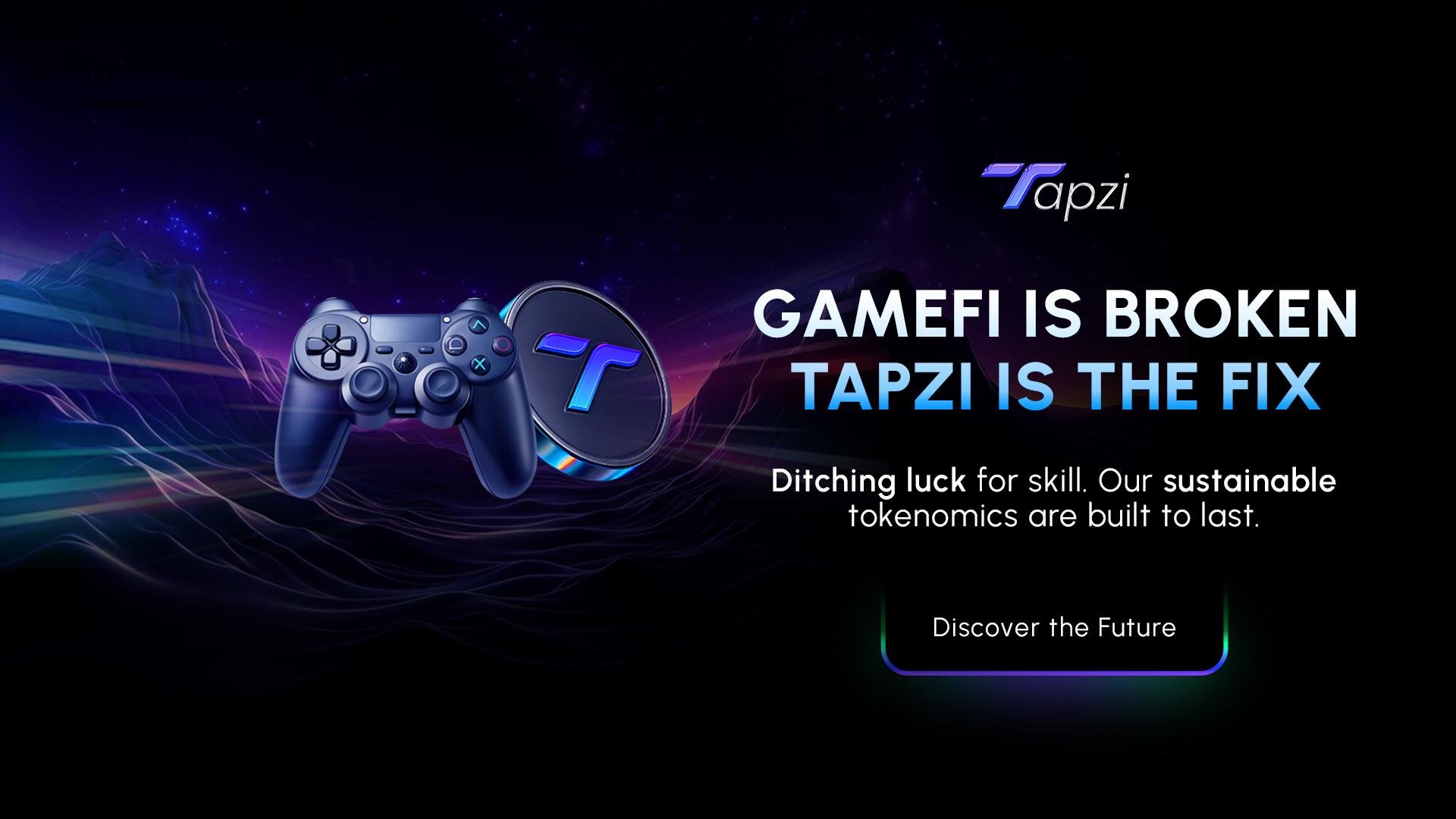The crypto industry has never been short on innovation. Each year brings with it new ideas, new experiments, and new communities forming around the next generation of decentralized projects. But while the pace of creation is relentless, not all projects are equal. Many disappear after their first wave of attention, while a select few go on to shape how we experience digital ownership, finance, and online interaction.
For investors and enthusiasts, one of the most revealing stages of a project’s life is the presale. Unlike exchange listings, where hype and speculation often dominate, the presale is a quieter but more honest moment. It’s when the tokenomics are laid out, the roadmap is still fresh, and the team is engaging directly with its early supporters. For anyone serious about understanding where Web3 is heading, identifying the best crypto presales is an opportunity not just to invest, but to watch the blueprints of tomorrow being drawn.
This September, three projects stand out from the crowd. They are not only raising significant funding but also capturing attention for the way they approach scalability, utility, and fairness. Each comes from a different sector of the Web3 ecosystem, one is reinventing competitive gaming, another is tackling payments and remittances, and the third is rethinking blockchain architecture itself. Together, they paint a picture of where blockchain may be headed in its next chapter.
Tapzi ($TAPZI): Skill Over Speculation in Web3 Gaming
If 2021 and 2022 were the years of play-to-earn mania, then 2025 is shaping up to be the year that Web3 gaming matures. Nowhere is that clearer than in Tapzi, a platform that has quickly established itself as one of the most compelling presales this year.
Tapzi is built around a simple but powerful idea: in a fair game, outcomes should depend on skill, not on luck, bots, or exploitative token mechanics. Too many GameFi projects in the past leaned on inflationary “grind to earn” models where rewards were generated endlessly, only to collapse when token demand couldn’t keep up with supply. Tapzi takes the opposite approach. By focusing on head-to-head skill-based games, such as chess, checkers, rock-paper-scissors, and tic-tac-toe, it creates a competitive environment where players stake tokens and winners earn from their performance, not from endless minting.
Click Here to Join the $TAPZI Presale Before It’s Too Late!
The presale response has been remarkable. Tokens have been priced at around $0.0035 in early stages, and more than 55 million TAPZI tokens have already been sold to early participants. Reports suggest that Tapzi’s fundraising has exceeded $40 million, a figure that would place it among the most successful presales of the year. Investors have been drawn not only by the low entry point but also by the project’s clear emphasis on sustainability: liquidity is locked, tokens are released on a vesting schedule, and the team’s allocation is bound by cliffs.
What makes Tapzi especially interesting is its strategy for adoption. Unlike many crypto games that remain stuck in niche communities, Tapzi has deliberately built a mobile-first, web-friendly platform. This means casual players, not just crypto natives, can join, play, and compete. Its support for multiple chains, including Ethereum, BNB Chain, Polygon, Arbitrum, and Solana, further expands accessibility.
In short, Tapzi is more than just another token launch; it is positioning itself as a fair-play digital arena where blockchain enhances competition rather than distorts it. For those watching the evolution of GameFi, it is easily one of the best crypto presales of September 2025.
Remittix (RTX): Payments and Cross-Border Utility
While Tapzi is rewriting the rules of gaming, Remittix is aiming to solve one of the longest-standing challenges in finance: how to make cross-border payments faster, cheaper, and more inclusive. Crypto has long promised to disrupt remittances, yet many projects stumble on either regulatory complexity or poor user experience. Remittix is attempting to overcome both with a model that blends on-chain flexibility with real-world usability.
The project’s presale has been a clear success, with over $23 million raised so far, and some reports placing the figure even higher. For a payments-focused token still in its early stages, these numbers signal not just speculative interest but a genuine appetite for projects that bring blockchain utility closer to everyday needs.
Remittix is building a platform that supports more than 40 cryptocurrencies and 30 fiat currencies, allowing users to send and receive funds across borders with real-time conversion. This alone addresses one of the biggest pain points in global remittances: hidden exchange rate costs. By automating conversion at transparent rates, Remittix can reduce the fees that eat into transfers.
The project also emphasizes compliance and trust. Its code has been audited by CertiK, one of the most respected blockchain security firms, and it has already secured agreements to list on exchanges such as BitMart and LBank once the presale concludes. These steps matter because payments are a high-risk, highly regulated sector. For Remittix to succeed, it needs to demonstrate not only technical efficiency but also institutional reliability.
Investors looking at the best crypto presales in September 2025 are paying attention because Remittix offers something tangible: a product that addresses a real, global demand. Millions of people send money across borders every day, and if Remittix can capture even a fraction of that market, its token could enjoy demand far beyond speculative cycles.
Of course, the road is not without obstacles. Remittance projects face regulatory hurdles that vary across regions, and building partnerships with banks and payment providers is notoriously difficult. Execution will be everything. But for those who believe in crypto’s role in reshaping global finance, Remittix is a presale worth watching very closely.
BlockDAG ($BDAG): Building Blockchain’s Next Layer
The third project worth highlighting this September is BlockDAG, which takes a very different angle than Tapzi or Remittix. Instead of gaming or payments, BlockDAG is focused on solving blockchain’s most fundamental technical challenge: scalability.
Traditional blockchains, from Bitcoin to Ethereum, rely on sequential chains of blocks. This structure is secure but also inherently limited. Throughput is capped, and the more demand rises, the more congested and expensive networks become. BlockDAG proposes a solution by shifting from linear chains to a Directed Acyclic Graph (DAG) architecture. In this system, multiple blocks can be processed simultaneously, increasing capacity and reducing delays.
What makes BlockDAG particularly intriguing is its hybrid model. It doesn’t just scale transactions; it also supports the Ethereum Virtual Machine (EVM), allowing developers to build smart contracts and decentralized apps with familiar tools. At the same time, it incorporates UTXO functionality, the same model used by Bitcoin, making it efficient for simple transfers while still flexible for programmable logic.
Its GhostDAG protocol underpins consensus, ensuring that even with high transaction concurrency, security remains intact and attacks like double-spending or 51% threats are minimized.
As of September 2025, BlockDAG is still in its presale phase, but industry watchers are calling it a potential next-generation Layer 1. If it succeeds, it could provide the infrastructure upon which countless future applications are built. Of course, this ambition comes with risks: hybrid architectures are complex, and adoption depends on attracting developers and communities. But if it delivers, BlockDAG may well emerge as one of the most important presales of the year.
Conclusion: What September’s Presales Tell Us About Web3’s Future
The presale landscape in September 2025 shows just how far the industry has come. Instead of copy-paste meme tokens, the leading projects are addressing serious problems: Tapzi is creating a sustainable, skill-based Web3 gaming ecosystem; Remittix is taking aim at cross-border payments with real-world integrations; and BlockDAG is working on the scalability challenge that has limited blockchain adoption for years.
These are not simply tokens. They are ecosystems, infrastructures, and utilities designed to make blockchain more fair, more useful, and more scalable. For investors, following the best crypto presales is more than speculation; it is a way to track where the most credible builders are focusing their energy.
If crypto is to fulfill its promise, it will be through projects like these, projects that focus less on hype and more on utility, security, and adoption. For now, Tapzi, Remittix, and BlockDAG are three presales that deserve close attention as we look toward the next stage of Web3.
Disclaimer: This media platform provides the content of this article on an "as-is" basis, without any warranties or representations of any kind, express or implied. We assume no responsibility for any inaccuracies, errors, or omissions. We do not assume any responsibility or liability for the accuracy, content, images, videos, licenses, completeness, legality, or reliability of the information presented herein. Any concerns, complaints, or copyright issues related to this article should be directed to the content provider mentioned above.








